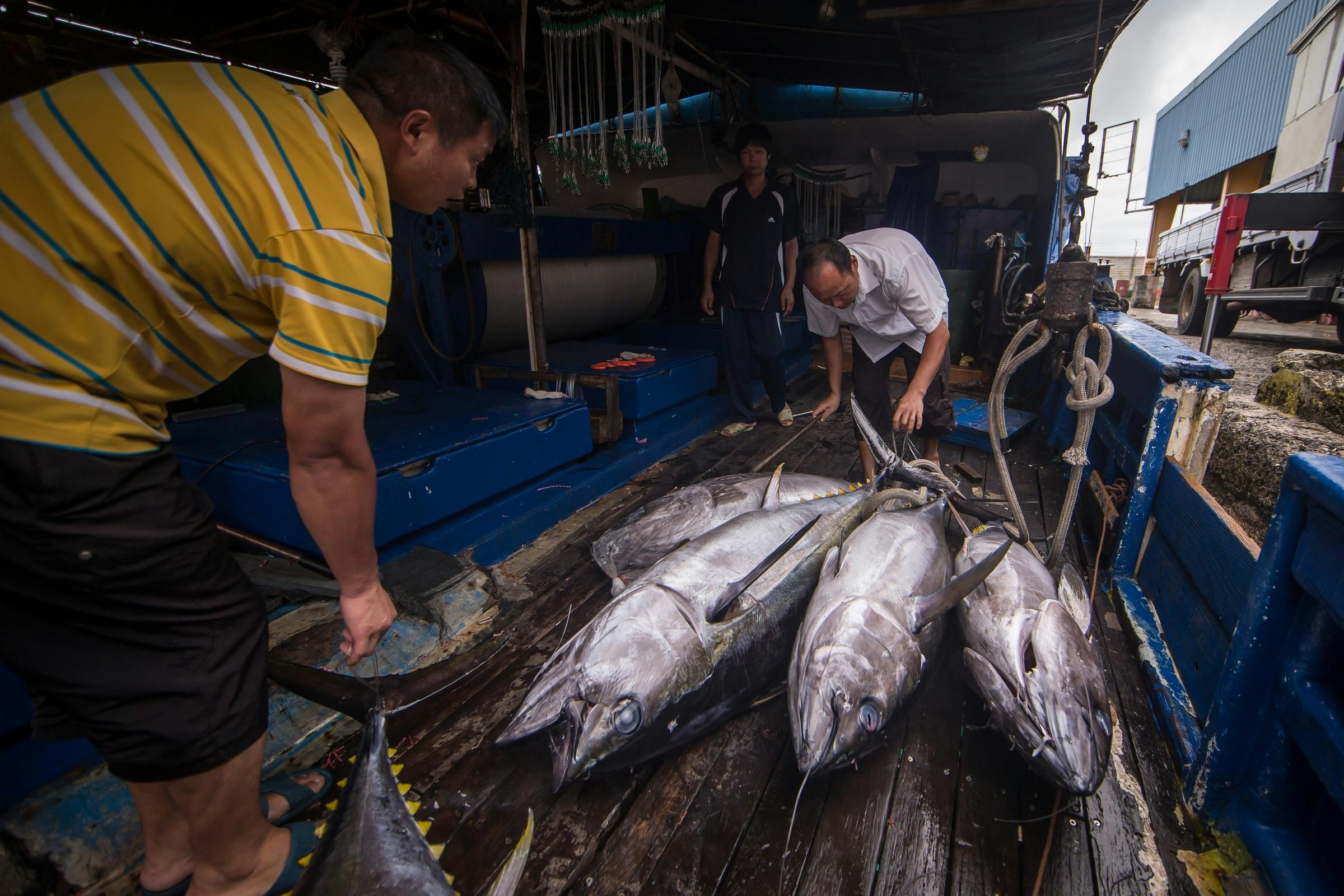Oceans 5 supports The Nature Conservancy (TNC) to improve electronic monitoring of longline tuna vessels in the Pacific.
Illegal, unreported and unregulated (IUU) fishing is a serious threat to sustainability in fisheries across the planet, including in tuna fisheries in the Western and Central Pacific Ocean. Despite the area providing roughly two-thirds of the global tuna supply worth as much as $7 billion annually, studies have estimated that almost half of the WCPO tuna catch is IUU. While illegal, “dark target” vessels receive significant attention globally, it is well understood that vessels legally permitted to fish in the region’s waters are a significant contributor to IUU, representing the vast majority of annual losses. The region’s longline fishery accounts for more financial losses from IUU activity than any other gear type, due in large part to the exceptionally low rate of human observer coverage on vessels. IUU fishing robs Pacific Islanders of critical income, creates threats to fishery sustainability and has been linked to global security challenges.
Electronic monitoring—the use of video cameras, sensors, and GPS aboard fishing vessels—offers new prospects for ending the “wild, wild, wet” era in our oceans and shining the bright light of transparency on at-sea activities. Oceans 5 is supporting The Nature Conservancy’s technical assistance to Pacific Island governments to deploy electronic monitoring and implement complementary policy reforms aboard longline fishing vessels operating in their waters to achieve the common objective to combat IUU fishing.























